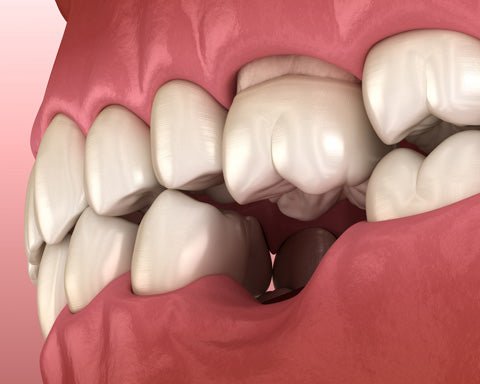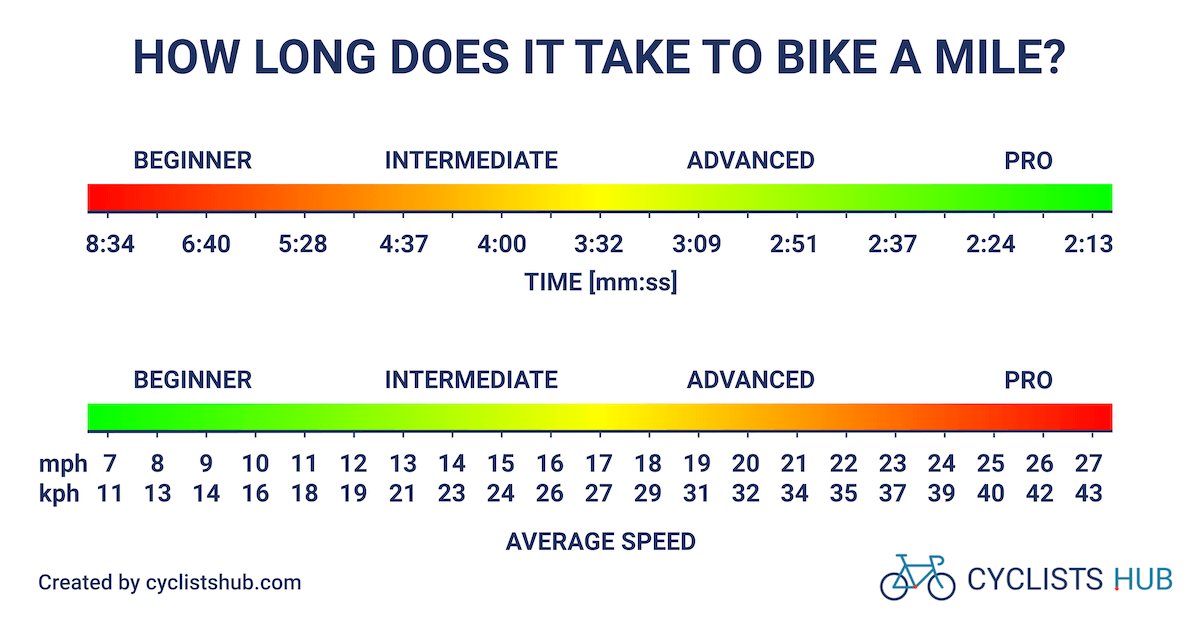Teeth can shift at varying rates, depending on individual factors. Typically, noticeable movement can happen within a few weeks to a few months. Factors like age, the extent of correction needed, and wearing retainers play a crucial role in the timeline. Understanding how long does it take teeth to shift is essential for managing expectations during orthodontic treatment. In this blog article, we will delve into the intricacies of tooth shifting, exploring the timeline, influencing factors, and tips for maintaining a straight smile. Let’s uncover the mysteries of teeth movement together.
How Long Does It Take Teeth to Shift: A Comprehensive Guide
Have you ever wondered how long it takes for your teeth to shift? Whether you’re considering braces or just curious about the natural movement of teeth, understanding the process can help you make informed decisions about your oral health. In this article, we’ll explore the factors that influence how long teeth take to shift, common reasons for dental misalignment, and what you can expect during treatment. Let’s dive in!
The Basics of Teeth Shifting
Before we delve into the timeline of teeth shifting, it’s essential to understand the basics of how and why teeth move. Your teeth are held in place by a ligament called the periodontal ligament, which attaches the tooth to the surrounding bone. When pressure is applied to the teeth, whether through natural growth, external forces like braces, or habitual activities like clenching or grinding, the ligament can adapt and cause the teeth to shift.
The process of teeth shifting is influenced by various factors, including age, genetics, oral habits, and the type of treatment received. While some people may experience rapid changes in their teeth alignment, others may require more time to see noticeable results. Let’s explore the typical timeline for teeth shifting based on different scenarios.
Timeline for Teeth Shifting with Braces
If you’re considering getting braces to straighten your teeth, you may be wondering how long the process will take. The duration of orthodontic treatment can vary depending on several factors, such as the complexity of your case, the type of braces used, and your body’s response to treatment. On average, most people wear braces for 1 to 3 years to achieve the desired results.
Initial Phase (First 3 Months)
During the initial phase of wearing braces, your orthodontist will focus on aligning the teeth and correcting any significant misalignments. This period is crucial for laying the foundation for the rest of the treatment and may involve adjusting the braces regularly to ensure steady progress.
Alignment and Straightening (6 to 18 Months)
As your treatment progresses, you’ll start to notice significant changes in the alignment and straightening of your teeth. This phase is where the majority of the shifting occurs, as the braces apply gentle pressure to move the teeth into their ideal positions.
Refinement and Maintenance (Last Phase)
Once your teeth are in the desired alignment, the final phase of treatment focuses on refining the positioning and ensuring long-term stability. This phase may involve wearing retainers to prevent teeth from shifting back to their original positions.
Natural Teeth Shifting Over Time
Even without orthodontic intervention, your teeth can shift over time due to various factors. As we age, our teeth tend to drift slightly, especially if we have missing teeth or improper bite alignment. This natural shifting can be gradual and may not always be visually noticeable, but it can impact your oral health and bite function.
Factors such as teeth grinding, jaw clenching, tongue thrusting, and oral habits like nail-biting can also contribute to teeth shifting. These habits exert pressure on the teeth, leading to misalignment or changes in the bite over time. Regular dental check-ups and early intervention can help prevent significant shifts and maintain optimal oral health.
Factors Influencing the Speed of Teeth Shifting
Several factors can influence how quickly your teeth shift, including:
- Age: Younger individuals typically experience faster teeth shifting due to their still-growing jawbones and higher bone density.
- Genetics: Your genetic predisposition can play a role in how your teeth align and the speed at which they shift.
- Orthodontic Treatment: The type of treatment you receive, such as braces or aligners, can impact the speed of teeth shifting.
- Oral Habits: Activities like teeth grinding, nail-biting, or using your teeth as tools can accelerate teeth shifting.
Understanding how long it takes for teeth to shift can provide valuable insights into your oral health and treatment options. Whether you’re considering braces, noticing changes in your teeth alignment, or looking to maintain a healthy smile, monitoring the shifting of your teeth is essential for long-term dental well-being. Remember to consult with your dentist or orthodontist for personalized advice and treatment plans tailored to your specific needs. Here’s to a bright and aligned smile!
Thank you for reading our comprehensive guide on how long it takes for teeth to shift. We hope you found this information helpful and insightful. If you have any questions or would like to share your experiences, feel free to leave a comment below. Happy smiling!
How Long Does It Take For Teeth To Shift?
Frequently Asked Questions
How long does it typically take for teeth to shift after getting braces removed?
After braces are removed, teeth may start to shift immediately, seeking a new position. Most noticeable shifting occurs within the first six months as the teeth settle into a new alignment. However, complete stability can take up to a year to achieve as the bone and tissues adjust to the new position of the teeth.
What factors can influence how quickly teeth shift after braces are removed?
Several factors can influence the speed at which teeth shift after braces are removed. These factors include genetics, age, the original alignment of the teeth, individual oral habits, and the use of retainers post-treatment. Compliance in wearing retainers as prescribed by the orthodontist plays a significant role in maintaining the new alignment of the teeth.
Can teeth continue to shift even years after orthodontic treatment?
Yes, teeth can shift even years after orthodontic treatment. This can happen due to various reasons, including natural aging processes, changes in oral habits, and the absence of wearing retainers as recommended. Regular dental check-ups can help monitor any shifting of teeth over time and address the issues promptly to prevent significant misalignment.
Final Thoughts
Teeth shift at different rates depending on various factors. Minor shifts can occur in a matter of weeks, but significant movement may take several months or even years. Consistent use of retainers can help maintain alignment. Regular dental check-ups and early intervention are crucial to address any shifting promptly. Ultimately, the question of how long does it take teeth to shift does not have a one-size-fits-all answer. It varies from person to person based on individual circumstances and treatment plans.




